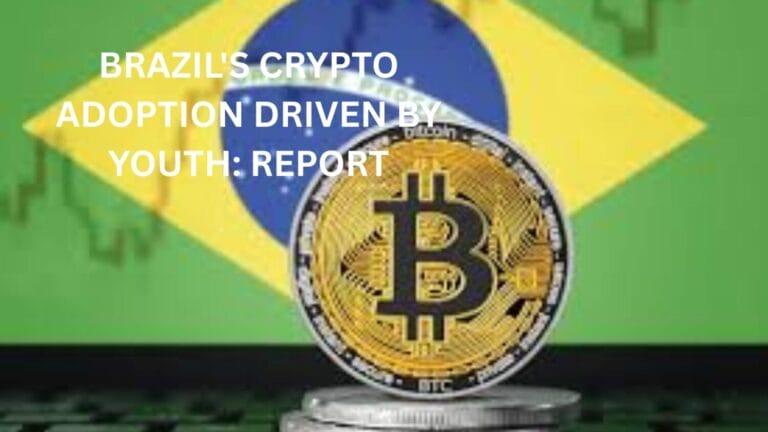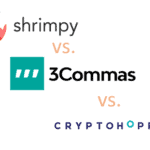Key takeaways:
- The largest stablecoin issuer in the world, Tether, has given Filipino citizens a new crypto payment option that lets them pay their SSS contributions in USDT.
- According to Uquid, the collaboration with Tether demonstrates how “crypto in general can simplify and enhance our daily lives,” including stablecoins like USDT.
The largest stablecoin issuer in the world, Tether, has given Filipino citizens a new crypto payment option that lets them pay their Social Security System (SSS) contributions in USDT.
The state-run Social Security System in the Philippines covers employees in the formal, informal, and private sectors. The SSS is required by law and exists to support citizens during difficult times. At the moment, it oversees employee compensation and social security.
Tether has teamed up with Web3 commerce and infrastructure company Uquid to enable Philippine residents to use Tether on The Open Network blockchain to pay for their SSS contributions. According to Uquid, the collaboration with Tether demonstrates how “crypto in general can simplify and enhance our daily lives,” including stablecoins like USDT.
Using blockchain technology and decentralized finance, Uquid is a top decentralized commerce infrastructure platform that provides crypto payment choices. Over the past eight years, the platform has grown to accommodate merchants and customers in various markets, with over 260 million users.
According to Uquid CEO Tran Hung, the Tether alliance is a major step forward in their mission to make crypto micropayments applicable by bridging the gap between digital currencies and everyday transactions. He continued by saying that the most recent effort, supported by Tether, raises the bar for accessibility and simplicity in online shopping.
Over the past several years, crypto has become increasingly widely accepted, with stablecoins setting the example. Originally intended to serve as an on-ramp for centralized exchanges, stablecoins have developed into a major source of liquidity for both centralized and decentralized markets.
PayPal USD, a native stablecoin of the mainstream payment network, was developed by PayPal. In response to the increasing demand, Ripple also revealed plans to produce its own stablecoin in early 2025. Institutions are also actively using stablecoins for cross-border payments.










